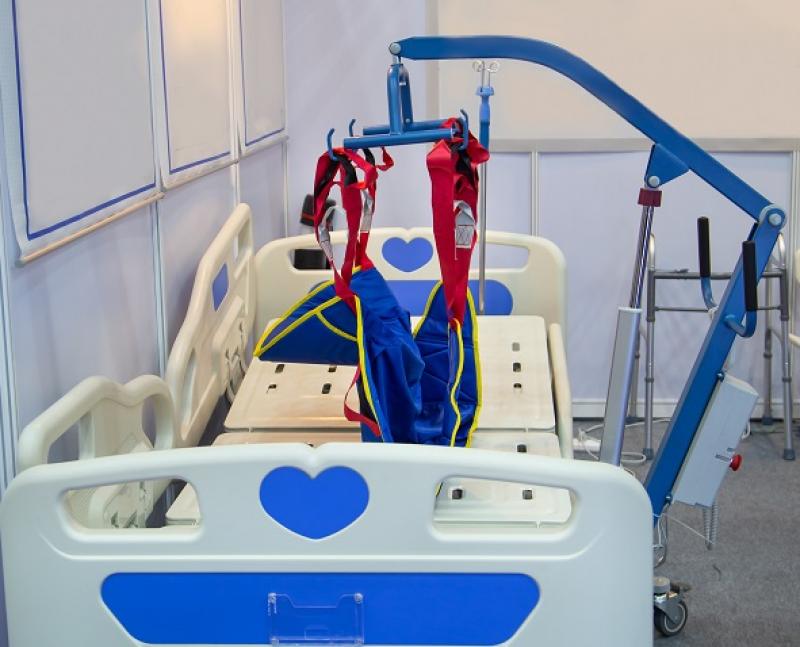Enhancing Patient Mobility and Safety: An Overview of Patient Mechanical Lift Handling Equipment
Introduction
Patient mobility and safety are crucial aspects of modern healthcare, as they directly impact the well-being and recovery of individuals in medical facilities. In recent years, there has been a significant advancement in patient handling technology, with patient mechanical lift handling equipment emerging as a revolutionary solution. These innovative devices provide healthcare providers with an efficient and safe means to transfer and mobilize patients, minimizing the risk of injuries to both patients and caregivers. In this article, we will delve into the various types of patient mechanical lift handling equipment, their benefits, and their impact on enhancing patient care and safety.
Types of Patient Mechanical Lift Handling Equipment
- Ceiling-Mounted Lift Systems: Ceiling-mounted lift systems are an excellent option for healthcare facilities aiming to optimize space and provide comprehensive coverage for patient transfer and mobilization. These systems consist of a track affixed to the ceiling, allowing for a smooth and effortless movement of the patient lift unit. With the assistance of a sling or harness, the patient can be easily transferred from one location to another, such as from the bed to a chair or wheelchair.
- Portable Floor Lifts: Portable floor lifts are versatile and easy-to-use devices designed to transfer patients from one surface to another. They are equipped with wheels for mobility and can be used in multiple rooms. Caregivers can efficiently operate these lifts, reducing the physical strain they may encounter during manual transfers. These lifts often come with adjustable features to accommodate patients of varying sizes and conditions.
- Sit-to-Stand Lifts: Sit-to-stand lifts are specialized devices intended for patients who possess some weight-bearing capacity and can assist in the standing motion. These lifts offer support to patients as they transition from a sitting to a standing position, helping them regain mobility and independence. Sit-to-stand lifts are particularly beneficial for patients undergoing rehabilitation or those who need assistance in performing daily activities.
Benefits of Patient Mechanical Lift Handling Equipment
- Injury Prevention: One of the primary advantages of using patient mechanical lift handling equipment is injury prevention. Traditional manual patient handling can lead to musculoskeletal injuries in healthcare providers due to the strain caused by lifting and transferring patients. The use of mechanical lifts significantly reduces these risks, promoting a safer work environment for caregivers.
- Enhanced Patient Comfort: Mechanical lifts are designed with patient comfort in mind. The use of slings or harnesses allows for gentle and secure transfers, minimizing discomfort and potential skin injuries during the transfer process. Patients with limited mobility often find mechanical lifts less intrusive and more reassuring than traditional methods.
- Increased Efficiency: Patient mechanical lift handling equipment streamlines the transfer process, leading to increased efficiency in healthcare settings. With reduced physical exertion required from caregivers, they can perform transfers more quickly and attend to other essential tasks, optimizing workflow and patient care.
- Versatility and Adaptability: Various types of patient mechanical lift handling equipment cater to different patient needs and facility setups. From ceiling-mounted systems providing comprehensive coverage to portable floor lifts offering flexibility, these devices can adapt to the specific requirements of any healthcare facility.
Conclusion
Patient mechanical lift handling equipment has revolutionized the way patient mobility and safety are addressed in healthcare settings. These innovative devices not only reduce the risk of injuries to patients and caregivers but also enhance overall efficiency and patient comfort. As technology continues to advance, we can expect further refinements and improvements in patient lift systems, ultimately leading to even better outcomes for patients and healthcare providers alike. Embracing and implementing such advancements are fundamental to ensuring high-quality patient care and promoting the well-being of everyone involved in the healthcare process.
